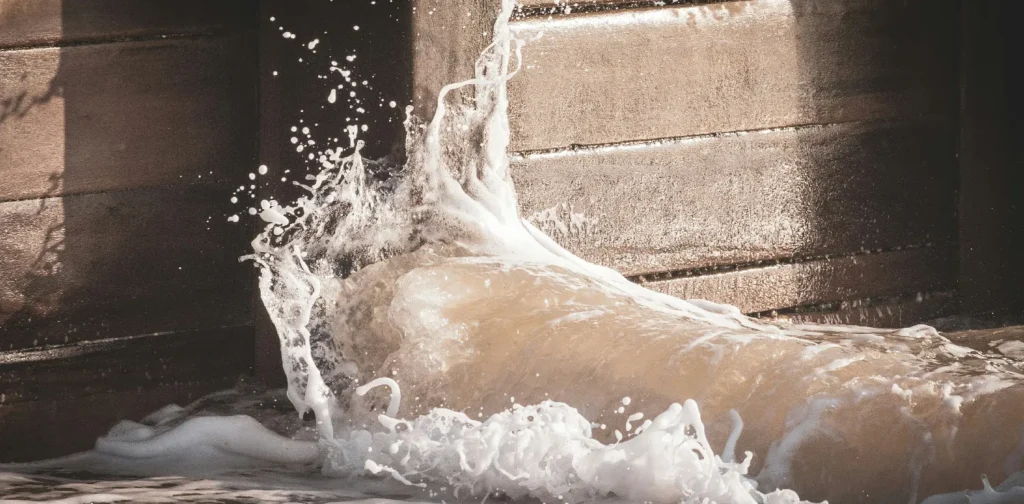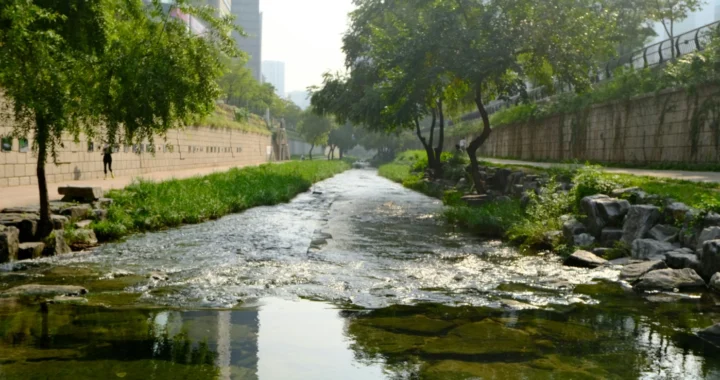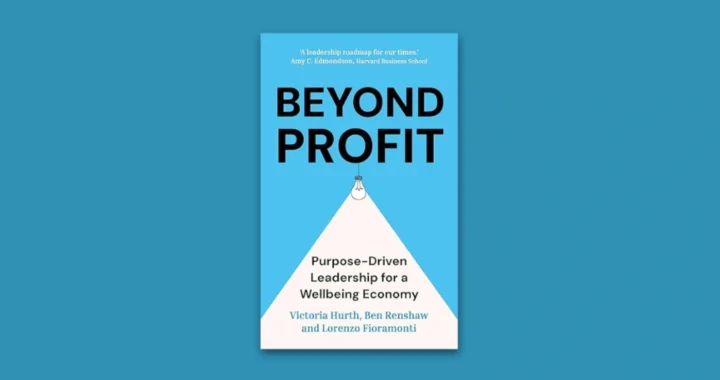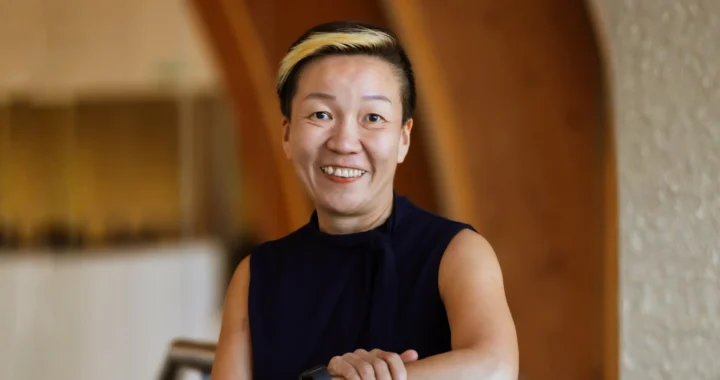Combining Conventional and Ecosystem-Based Disaster Risk Reduction for Better Tsunami Mitigation

Photo: Ben Wicks on Unsplash.
Although it is a relatively rare event, tsunamis cause deadly and devastating impacts when they occur. Therefore, dealing with the disaster requires robust preparedness strategies and infrastructures. To support better tsunami mitigation, studies have been exploring the possibility and benefits of combining ecosystem-based disaster risk reduction with hard-engineered infrastructures.
Urgency for Disaster Preparedness Strategies
Tsunamis are commonly triggered by earthquakes, volcanic eruptions, or underwater landslides. The deadly giant waves can reach up to 30 meters above sea level and wipe out entire coastal communities once they hit the shore. Between 1998 and 2017, tsunamis caused more than 250.000 deaths globally.
In the wake of the devastating 2004 Indian Ocean earthquake and tsunami, many began feeling the urgency for better mitigation strategies, such as by building giant seawalls and other protective infrastructures in coastal areas to minimize the impacts of tsunamis. This hard-engineering infrastructure has been increasingly deployed to reduce tsunami impacts in many locations.
In Japan, for instance, the government has built a 12.5-meter-high giant seawall spanning roughly 400 km after a tsunami hit the country in 2011. Despite its potential, many have expressed concerns about the high construction costs and possible environmental damages of this infrastructure.
Combining Conventional and Ecosystem-Based Disaster Risk Reduction
Aside from built infrastructures, ecosystem-based disaster risk reduction can also be a viable option for tsunami mitigation. It refers to an approach that combines natural resources management with disaster risk reduction methods to create a more effective disaster prevention, mitigation, and recovery system.
In the case of tsunamis and other coastal hazards, ecosystem-based disaster risk reduction means integrating coastal ecosystems, such as mangroves, wetlands, and reefs, as a part of disaster risk reduction. Besides reducing disaster impacts, these ecosystems can also support community livelihoods, as happened with mangroves in Indonesia. However, considering the rampant ecosystem degradation today, it might take a while to restore degraded coastal ecosystems to be able to perform these functions.
Considering the limitations of each option, studies have been exploring the potential of implementing hybrid coastal protection strategies by combining the two methods. For instance, a study led by researchers from the University of Göttingen examined a case study in Palu, Indonesia, and found that establishing ecosystem-based disaster risk reduction first is critical before proceeding to implement hard-engineered structures. This hybrid strategy can lead to cost-efficient strategies with an integrated focus on biodiversity and ecosystem conservation.
Furthermore, the growing interest in both ecosystem-based disaster risk reduction and hybrid methods also signifies more opportunities for innovations with wider environmental, social, and economic benefits. Harnessing all of this potential will require governments and coastal communities to be better informed about the specific conditions, challenges, and opportunities in their areas and populations.
Reducing Tsunami Risks
Improving our resiliency has never been more crucial as the planet’s weather patterns change and disasters get more extreme. For a disaster of an enormous magnitude like a tsunami, the key lies in better information and preparedness strategies. Beyond protective infrastructure, actions must also be taken to strengthen early warning systems and disaster management to ensure the safety of all.
Editor: Nazalea Kusuma

Join Green Network Asia Membership
Amidst today’s increasingly complex global challenges, equipping yourself, team, and communities with interdisciplinary and cross-sectoral insights on sustainability-related issues and sustainable development is no longer optional — it is a strategic necessity to stay ahead and stay relevant.
Join Now
Kresentia Madina
Madina is the Assistant Manager for Digital Publications at Green Network Asia. She graduated from Universitas Indonesia with a bachelor's degree in English Literature. She has three years of professional experience working on GNA international digital publications, programs, and partnerships particularly on social and cultural issues.


 Weaving the Thread Between the Last Elephant and the Floods in Sumatra
Weaving the Thread Between the Last Elephant and the Floods in Sumatra  Bringing Buried Rivers Back to Life Through Daylighting
Bringing Buried Rivers Back to Life Through Daylighting  Prescribing Beyond Profit for CEOs’ Anxiety
Prescribing Beyond Profit for CEOs’ Anxiety  An Interview with May Tan-Mullins, CEO and Provost of University of Reading Malaysia
An Interview with May Tan-Mullins, CEO and Provost of University of Reading Malaysia  An Interview with Eu Chin Fen, CEO of Frasers Hospitality
An Interview with Eu Chin Fen, CEO of Frasers Hospitality  The UK Government’s Funding Package Plan to Tackle Youth Unemployment
The UK Government’s Funding Package Plan to Tackle Youth Unemployment